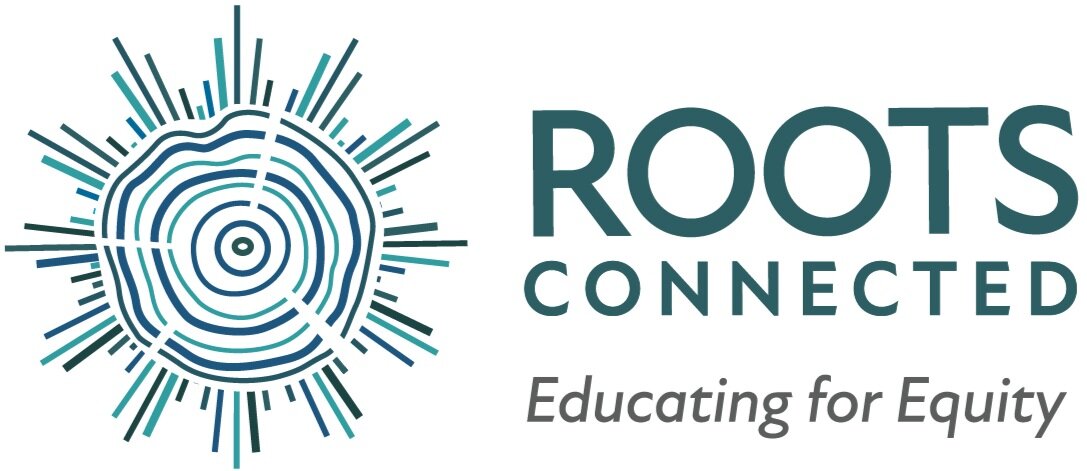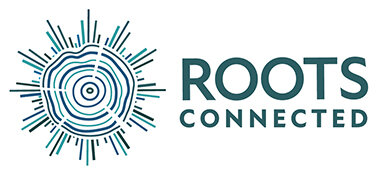UDL And Remote Learning: Stretching The Boundaries Of Inclusion
Written by Molly Nestor, who was teaching during Covid. We share this as a personal example of one teacher’s experience creating remote learning opportunities that felt equitable and helpful for all families.
Educators in New York City anticipated remote schooling for a few weeks. An impossible but imminent future, we’d ask administrators if we would be back on Monday then return to our classroom to organize copies for the next week. So when the announcement came, it still felt like fantasy.
Teachers, however, are used to flexing our fantasy muscles. We are designers of aspirational worlds. At Community Roots, we work to create the world we wish to live in within the walls of our school by confronting the realities outside our windows. We imagine inclusion in our schools as more than just tracking IEP goals and building friendships but as a practice of actively redistributing privilege and power, where students are empowered to name their lived experiences with racism, ableism, classism, and gender stereotypes to the school community and be met with meaningful action. We hope that co-imagining and creating these classroom spaces result in a supportive, equitable experience at school and more radical imagining outside of it.
Remote learning, however, has stripped the fantasy classroom from our practice and left the reality that was always there: our students experience vast and ever-changing permutations of barriers and privilege that impact their learning. Each of our families needs a different variety of support during this time. The challenge ahead of us was to partner with our families to create remote learning opportunities that felt equitable and helpful for all families.
I will not pretend that I was inspired by this challenge. As other educators rose to the challenge with vigor and grace, I was demoralized. I am not a teacher who gravitates to new technology. The art of my practice is in tone of voice, proximity, momentum. I couldn’t imagine translating the nuances of my work onto an online platform. The joy of my work is supporting students demonstrating defiance or avoidance. I had no idea how to joyfully support those challenges from a distance. I struggled to creatively imagine the future of our classroom when so many cornerstones of my work had been upended. All I could imagine was direct teaching to an imagined middle-of-the-road student and spending all my other waking hours trying to support those who struggled. UDL, however, offered a framework to start expanding and complicating that vision.
Universal Design for Learning is a design-thinking framework that supports us in reimagining our classrooms as open sites of rigorous exploration. The guidelines help us remove invisible barriers and design pathways for challenge and affirmation open to any learner. This process of exploration necessarily disrupts power dynamics in the classroom and supports students to develop a more nuanced understanding of themselves. When we utilize UDL to its fullest, our classrooms feel like the fantasy of what could be.
When applying this to online learning, the barriers are different but the strategies to eliminate them are the same. Design thinking positions me with creative control, even considering the incredible barriers of online learning. I no longer have the power to set a predictable schedule, offer options for focused work space, or de-escalate students in the moment. But, the UDL framework reminds me of what I can do. I can still design multiple paths to a learning goal so students without adult support can find an independent option. I can support students with planning so they can build routine and better regulate their emotions. I can heighten the salience of my goals so students can focus on the most essential learning and better sustain attention. Most importantly, I can offer opportunities for reflection so students walk away from this experience as more empowered advocates for what they need.
My team and I have just dipped our toes in the water of how to make these ideas a reality. To support students struggling with executive functioning, my co-teacher narrowed in on the action and expression principle, designing a weekly schedule for students with embedded links and pre-planned brain breaks. The schedule allows students to set small, focused goals and navigate the ever-changing resources online learning requires. These schedules easily adapt into checklists or incentive charts that families and teachers can use to motivate students and communicate easily about their progress.
Another teammate focused on the build row on the UDL framework, specifically offering multiple ways for students to express their learning. In her pre-recorded lessons, this colleague explicitly taught students three options for expressing their ideas in social studies and consistently offers those in her lessons. These options include responding through writing, drawing, recording themselves speaking, or recording themselves acting something out. This small shift in structure has re-engaged students who consistently avoided social studies content because of the writing demands.
In my own practice, I have been thinking mostly about my favorite UDL principle, engagement, when designing writing content. Writing lessons are full of potential barriers for students: fine motor, expressive language, vocabulary, and frustration tolerance to name a few. These barriers, unsupported, can quickly lead to disengagement and negative attitudes about writing. The UDL framework suggests that engagement is not just about interest in a learning goal but also about sustaining effort and self-regulation. So, in order to effectively support student engagement in writing at home, I needed to attend to all three.
I have begun creating a lesson video that clearly explains the learning goal of our writing work for the week, then offering choices for how students can complete that work. Students working on specific goals may meet with me in a zoom strategy group to complete some of their work with my targeted feedback. Others may use a slide deck of mentor texts with annotated vocabulary words to help them get inspired. Some may watch pre-recorded videos that model a technique while others access extra challenge options through an online platform. This level of autonomy has made students actively accountable for the learning goal. I have noticed that students who may have avoided the writing lesson are turning in assignments earlier and often making supportive learning choices.
There is still plenty of room for exploration of how UDL can apply to our remote platforms. It is worth noting that although the UDL principles are helpful in isolation, they also rely on each other to be impactful. Students could not effectively navigate the options I presented without executive functioning supports. Students would not be able to express their learning in social studies using multiple means without maintaining their engagement in the lesson. As we use UDL to open up our remote platforms to truly include all of our students, our work becomes more complex. However, so far, it has also become less tiresome. Since beginning to ground our work in UDL, I am spending more of my time working on content with students and less time working through crises with them. Team meetings that used to be spent consolidating and prioritizing the major barriers families were experiencing are now spent finding creative ways to navigate them. Most importantly, more families are finding ways to engage with learning that feel motivating and attainable.
I won’t pretend that I believe in the sustained use of remote learning as an equitable teaching practice. The demand on families is immense. The risk of amplifying impacts of structural racism and classism are real. The opportunities for spontaneous joy are few. But while we have no other choice, we can still use our imaginations. Even in my stubbornness and fear, I have found UDL to be an important tool in helping me imagine what is possible remotely. It is helping me extend a little fantasy world to my students in their homes. One where they are included and supported and excited to learn. I hope it helps us all stretch our visions of true inclusion beyond the classroom and out into the world where it is so greatly needed.



